
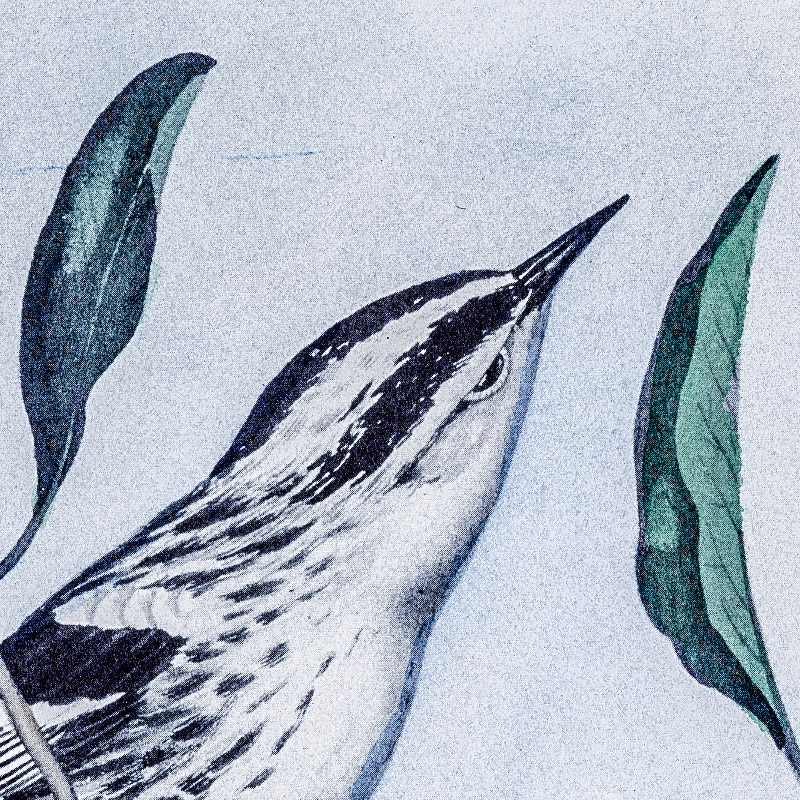
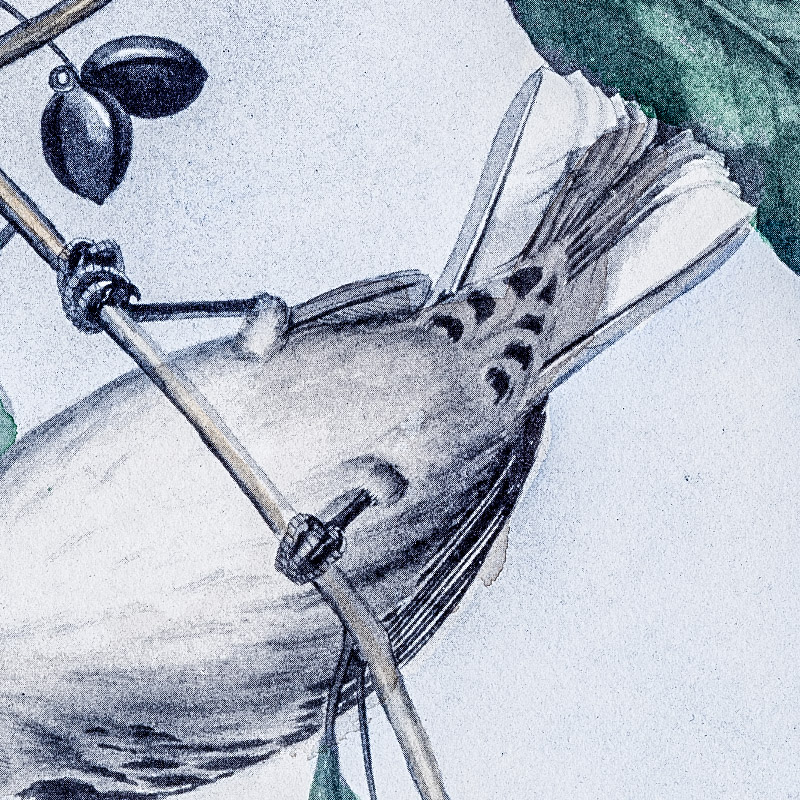
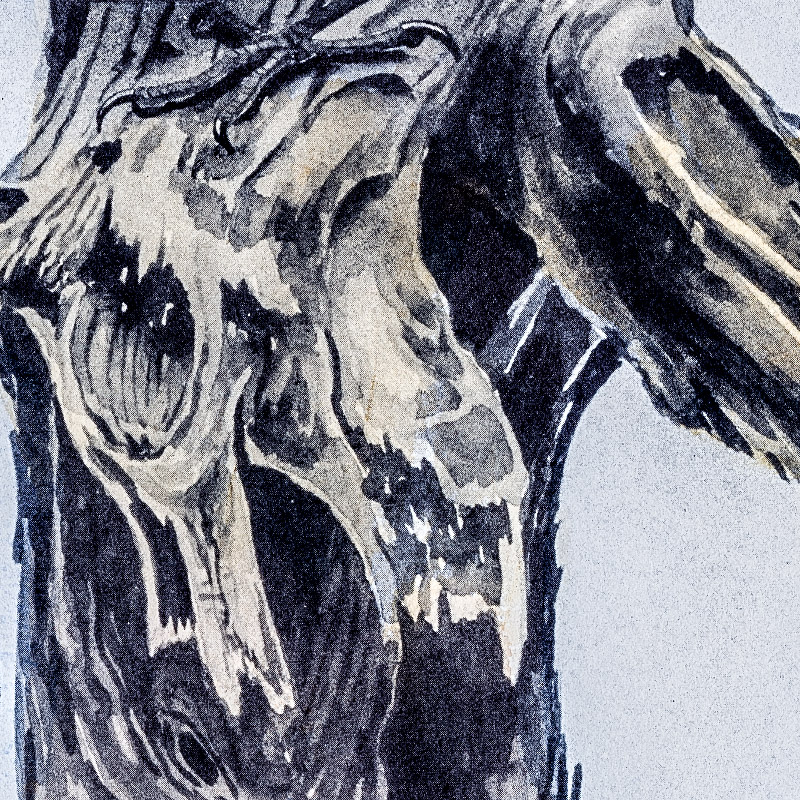
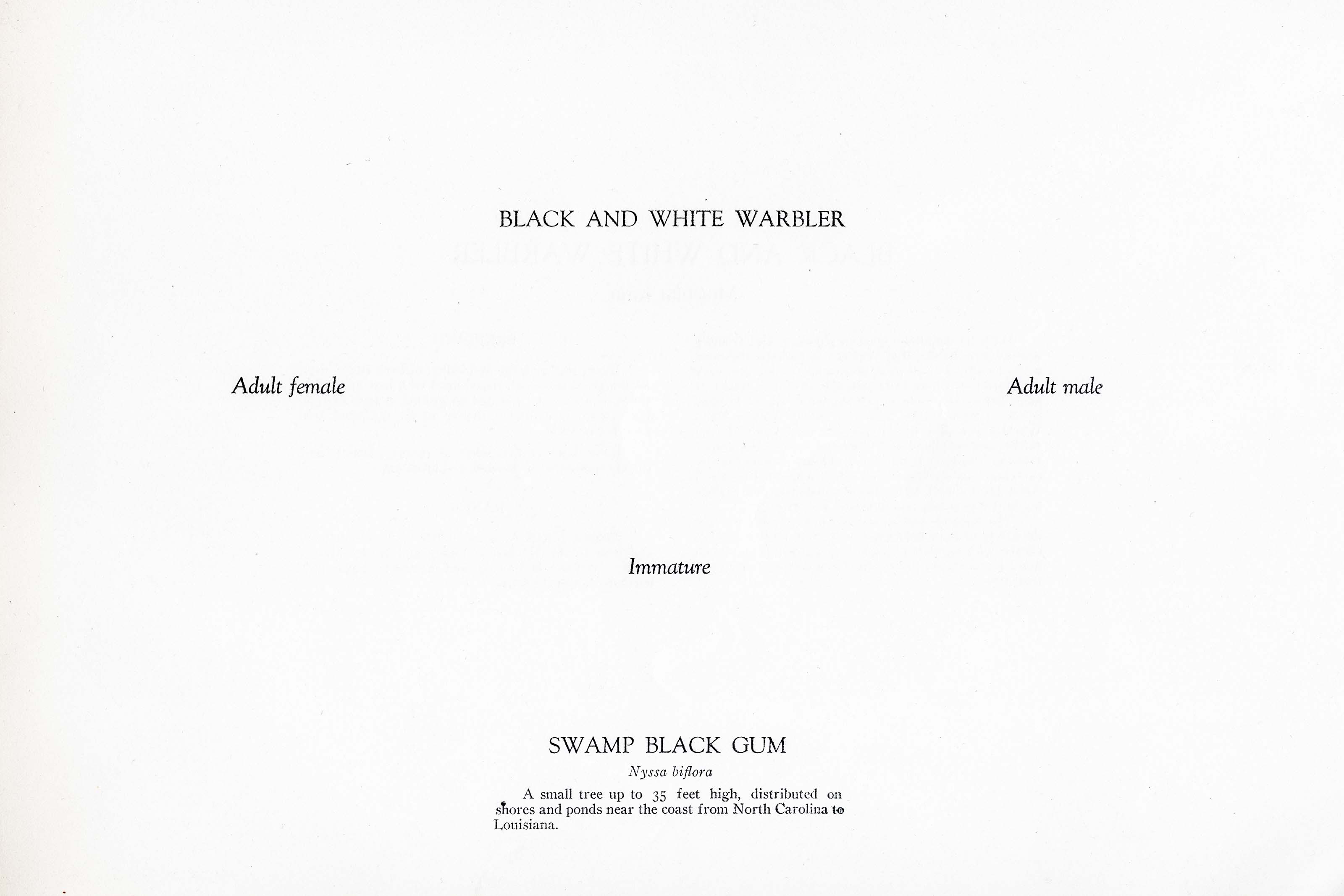
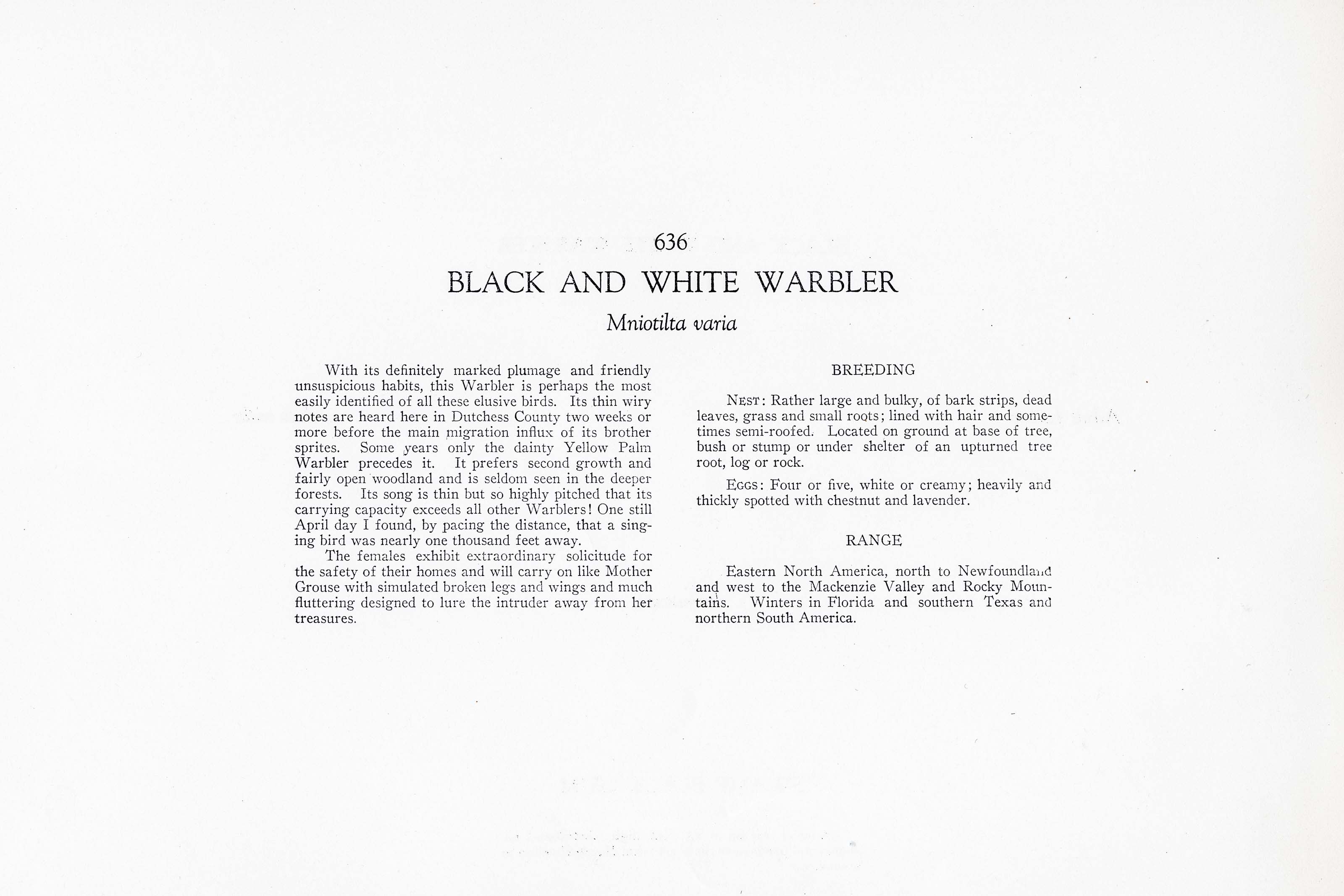

1911
1930
11
636
A team of dedicated board members, volunteers, and student interns has published every page in Volume 9. This volume includes 360 images of paintings and lyrical descriptions of birds, now available online for everyone to enjoy anywhere in the world. This is a monumental task. Each volume requires approximately 400 hours to photograph, edit, transcribe, catalog, and publish online. We need your support to complete this work.
If you're tech-savvy, have a good eye, are meticulous with details, and love structured data, please consider volunteering by emailing us at hello@rexbrasher.org.
We encourage all bird lovers and supporters to consider a monetary donation to support our mission to make Rex's work available for everyone. You can provide a one-time or recurring donation online.
With its definitely marked plumage and friendly unsuspicious habits, this Warbler is perhaps the most easily identified of all these elusive birds. Its thin wiry notes are heard here in Dutchess County two weeks or more before the main migration influx of its brother sprites. Some years only the dainty Yellow Palm Warbler precedes it. It prefers second growth and fairly open woodland and is seldom seen in the deeper forests. Its song is thin but so highly pitched that its carrying capacity exceeds all other Warblers! One still April day I found, by pacing the distance, that a singing bird was nearly one thousand feet away.
The females exhibit extraordinary solicitude for the safety of their homes and will carry on like Mother Grouse with simulated broken legs and wings and much fluttering designed to lure the intruder away from her treasures.
NEST: Rather large and bulky, of bark strips, dead leaves, grass and small roots; lined with hair and sometimes semi-roofed. Located on ground at base of tree, bush or stump or under shelter of an upturned tree root, log or rock.
EGGS: Four or five, white or creamy; heavily and thickly spotted with chestnut and lavender.
Eastern North America, north to Newfoundlaud and west to the Mackenzie Valley and Rocky Mountains. Winters in Florida and southern Texas and northern South America.
A small tree, rarely more than 25 feet high, distributed in the naborhood of the coast from North Carolina to Louisiana.